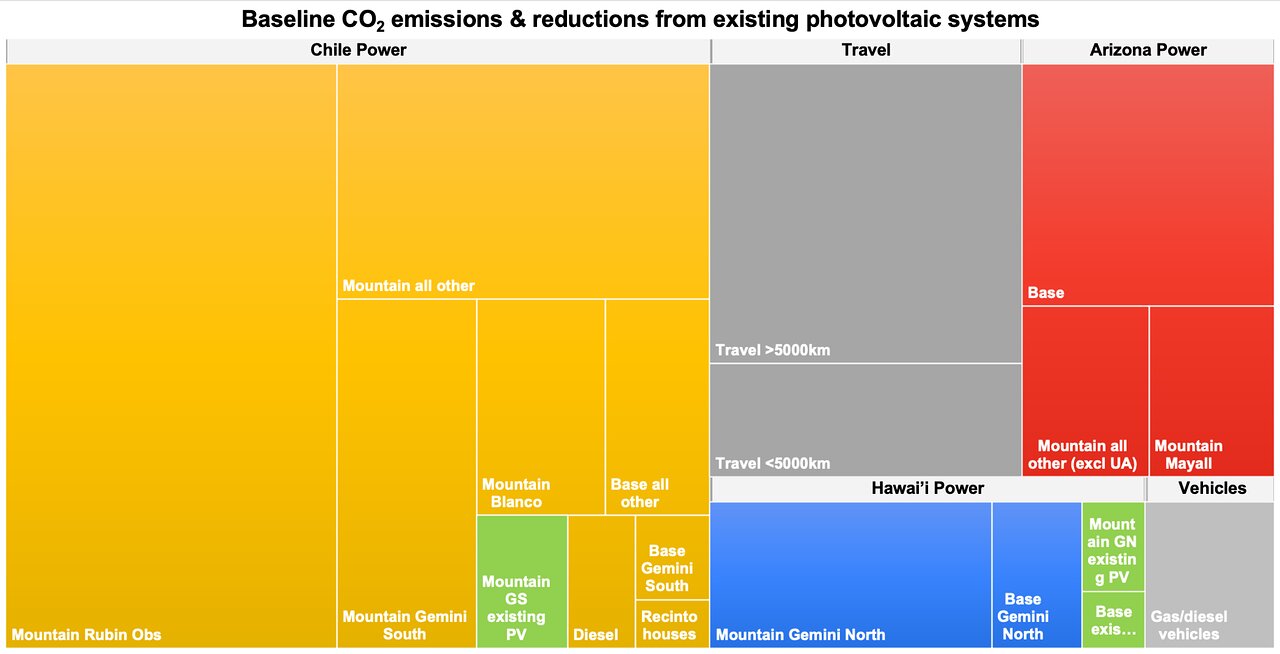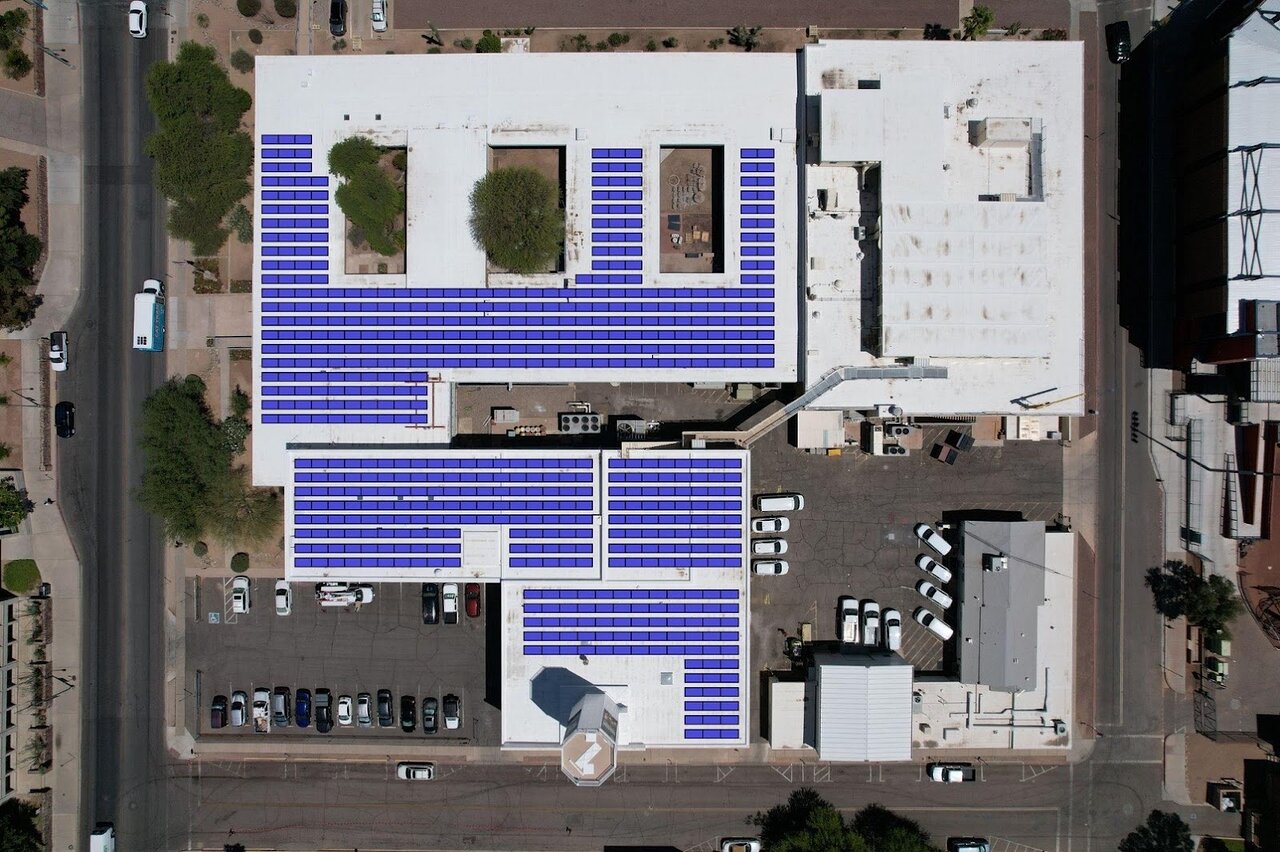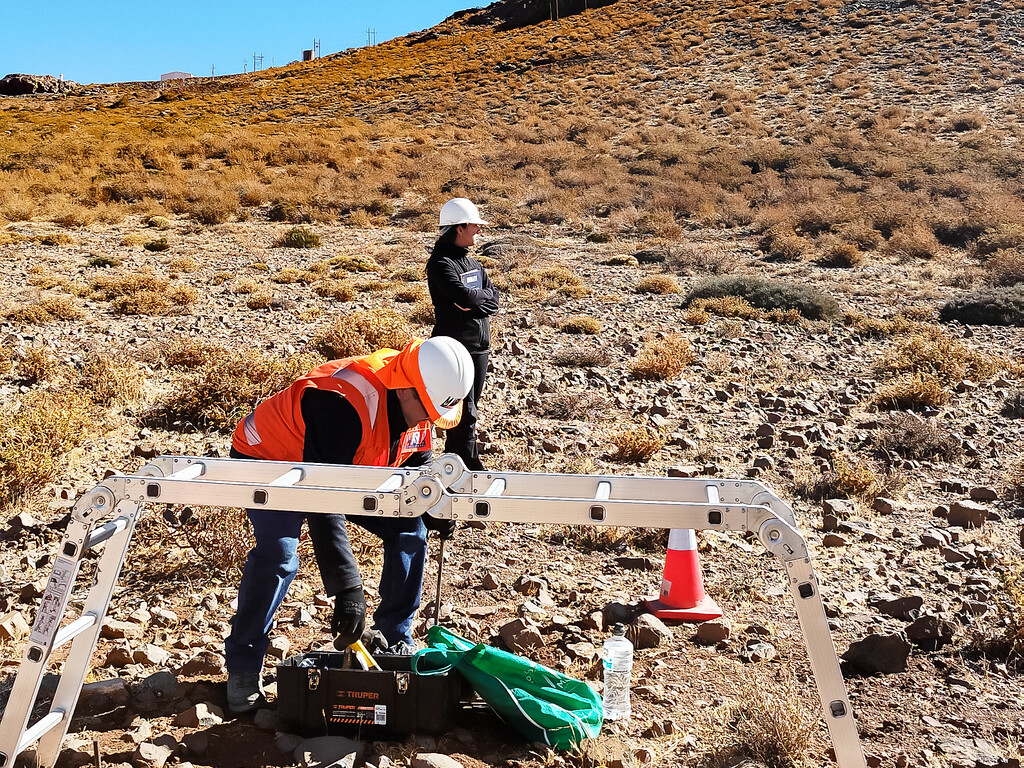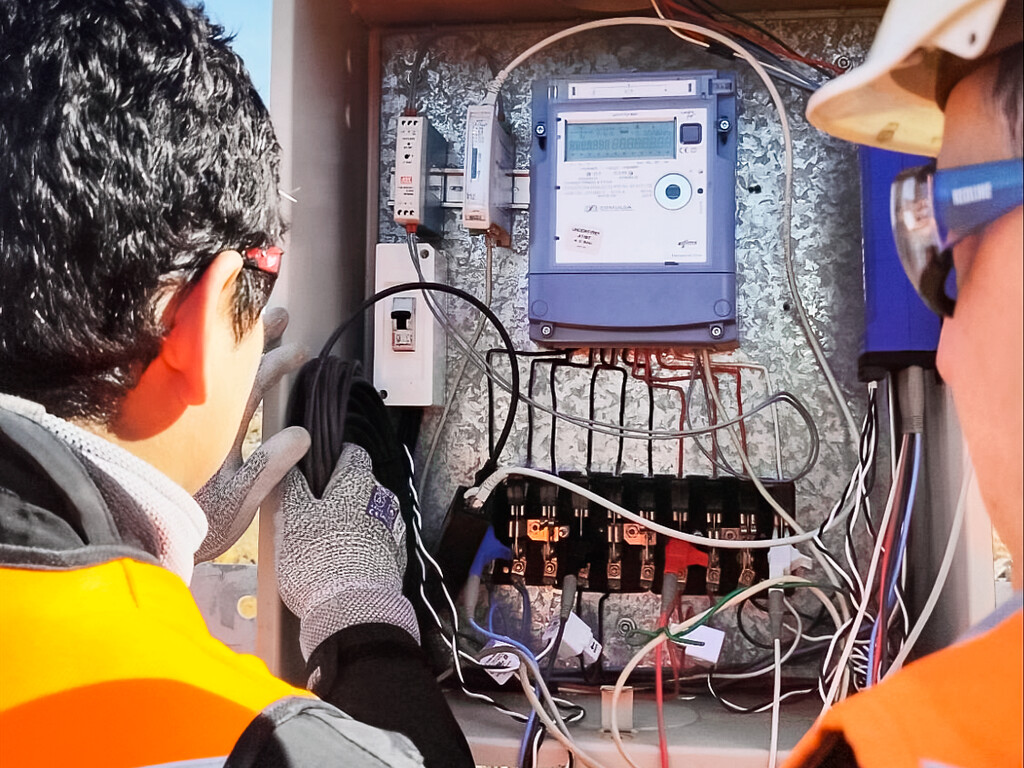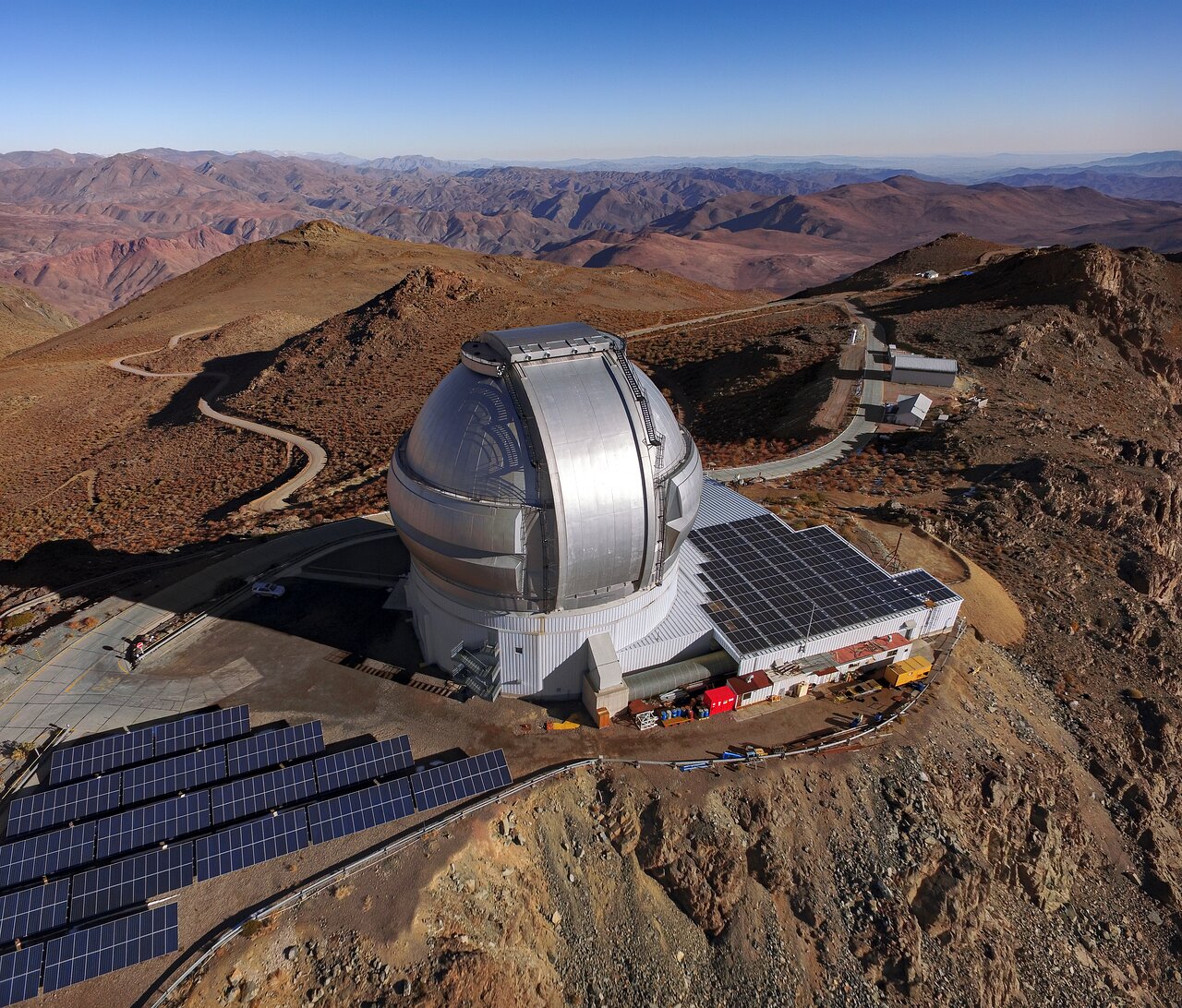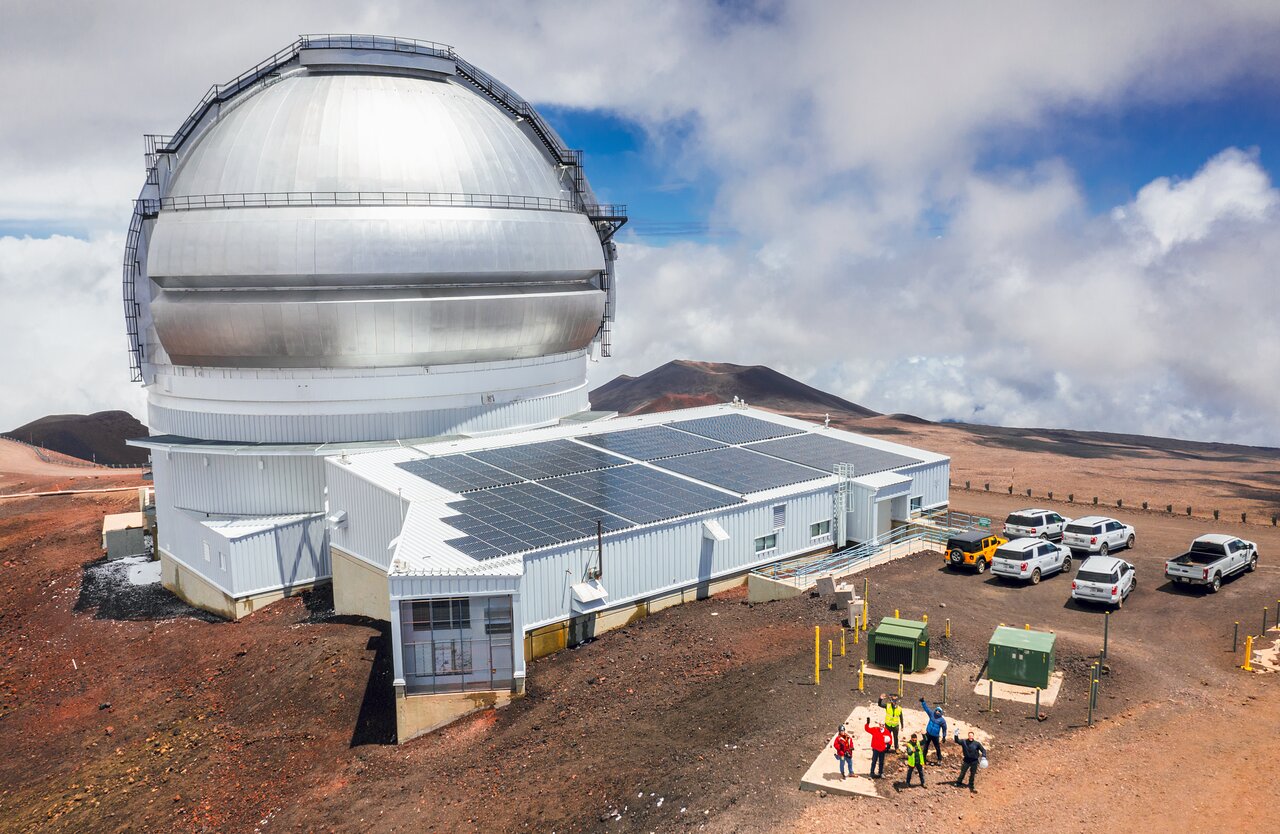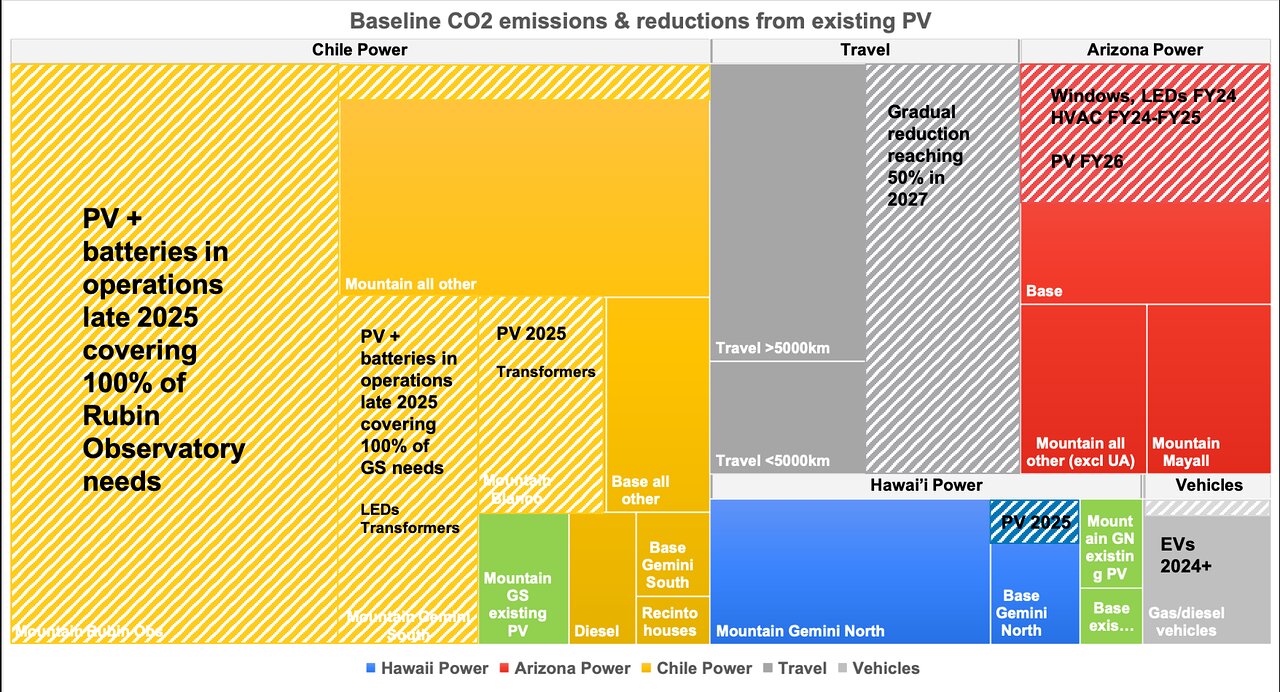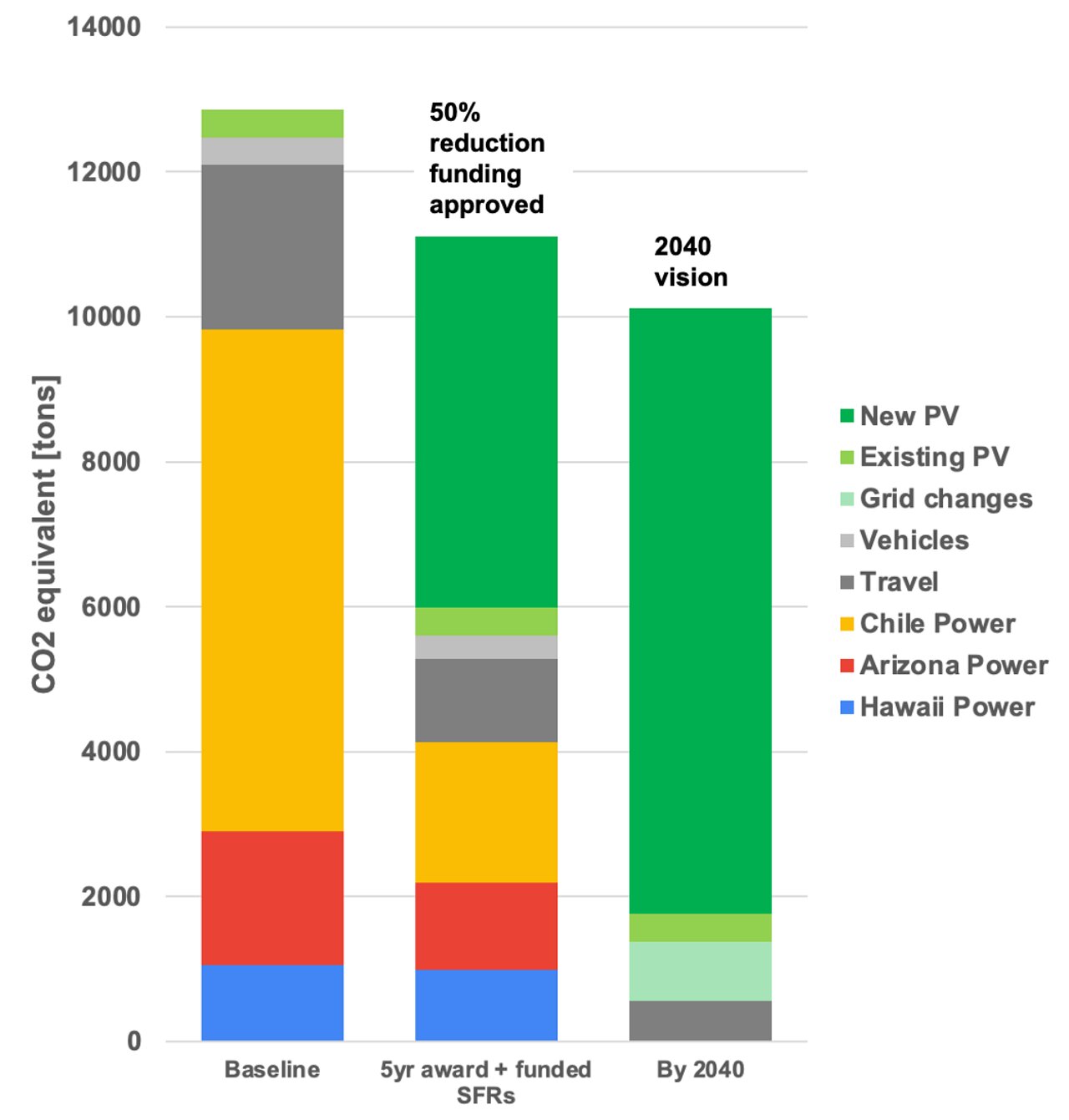NOIRLab Environmental Sustainability Program
— Stewardship of Earth and Sky
Being a good steward of both Earth and the sky is a core principle of NOIRLab. This commitment begins in our local host communities in Arizona, Chile, and Hawai‘i. Steps towards sustainability include shrinking the carbon footprint of our activities, preserving dark skies, and being attentive to the lands that host our facilities. This page highlights NOIRLab activities that are making our operations more environmentally sustainable.
The ASTRO2020 Pathways to Discovery Decadal Report recommends the following actions to address climate change: “ … increase the use of remote observing, hybrid conferences, and remote conferences, to decrease travel impact on carbon emissions and climate change.”
Via its Sustainability Program, NOIRLab is committed to implementing more environmentally sustainable operations by reducing staff travel and grid power consumption of the facilities.
NOIRLab’s current goal is to lower our carbon footprint by about 50%, relative to the 2019 baseline and including Vera C. Rubin Observatory at Cerro Pachón. Without action, we estimate that, including Rubin’s electricity needs, our carbon footprint is approximately 12,500 tons CO2 equivalent. Our goal is to reach 6200 tons CO2 equivalent by late 2027. This reduction will be comparable to the footprint of the annual electricity consumption of 1250 typical US houses. These values now include the Vera C. Rubin Observatory at Cerro Pachón, which is expected to start operations in 2025 or 2026.
This reduction will be achieved by
- Reducing NOIRLab-funded travel by approximately 50% by late 2026.
- Investing the funds from reduced travel into:
- Energy-efficient equipment, and
- Additional solar panels, also known as photovoltaic panels.
- Using supplemental funding from NSF for additional large projects, including installation of an almost 4.5 megawatt (MW) photovoltaic system with batteries at Cerro Pachón and replacing the very old Heating, Ventilation, and Air Conditioning system at NOIRLab Headquarters in Tucson.
Funding has been secured to reach a 43% reduction of our carbon footprint by late 2027.
A representation of NOIRLab’s carbon footprint based on the 2019 carbon footprint but also including the expected carbon footprint from Rubin Observatory electricity usage (the rectangle to the far left). The area of each rectangle is proportional to the footprint of the named activity or facility. This includes electricity, diesel use for backup power, travel, and gasoline/diesel powered vehicles. The light green rectangles illustrate the carbon footprint prevented by energy produced by the existing photovoltaic systems at the two Gemini sites.
Sustainability Improvements
As a federally funded facility, NOIRLab has both an opportunity and an obligation to lead by example by changing how we operate in order to minimize our environmental impact, and sharing this change with the community and the public.
In recent years, many NOIRLab observatories, and those of our partners, have streamlined their nighttime operations and reduced their summit footprints through remote observing and, increasingly, automation. This minimizes operating costs and brings the observatories into better harmony with their natural surroundings. Solar power supported by local battery storage, and supplemented by green grid power as needed, can reduce NOIRLab’s CO2 footprint.
Arizona
NOIRLab’s Headquarters is based in Tucson, Arizona. Planned sustainability improvements here include:
- Installation of higher-efficiency transformers;
- Window replacements to use double-paned windows in the full facility;
- LED lighting;
- Heating, Ventilation, and Air Conditioning system replacement;
- Reconfiguring the data center to use a hot/cold zones arrangement;
- Installation of a 222-kW photovoltaic system on the roof of the facility.
- 4 electric vehicles plus chargers
These improvements are funded to be implemented over the time period 2023–2027.
Layout of the planned photovoltaic system in Tucson, Arizona.
Chile
The following improvements are planned at both the sea level offices in La Serena and the mountain facilities of Cerro Tololo and Cerro Pachón:
- Installation of high-efficiency transformers and LED lighting at the AURA Recinto in La Serena, Cerro Tololo, and Cerro Pachón;
- Energy-efficient data center management in La Serena and at Rubin Observatory;
- 1 electric vehicle plus chargers and 3, 4WD hybrids
- Photovoltaic installations with nominal collecting capacity as follows:
- ~300 kW at Cerro Tololo Inter-American Observatory (CTIO), tentative;
- 4.5 MW + batteries on Cerro Pachón for Gemini South, SOAR, and Rubin Observatory
These improvements are also funded to be implemented over the time period 2023–2027.
Recent funding for the battery storage to the PV system on Cerro Pachón will make Gemini South summit operations carbon neutral with respect to electricity usage, and eliminate ~60% or more of expected Rubin Observatory mountain operations electricity usage. The 4.5MW photovoltaic system with batteries will be installed in the small valley below Gemini South, as shown below.
A 3D model of the NOIRLab facilities on Cerro Pachón shows the selected location of photovoltaic panels and battery system (PV+BESS AREA) and where the system will be connected to the existing power lines (INTERCONNECTION AREA). The PV+BESS area is large enough to hold about 4.5 MW of photovoltaic installations. (does not yet reflect all the final details of the design) Credit: NOIRLab/NSF/AURA/LEN Ingeniería
Left image is from the geotechnical survey of the selected site for the Cerro Pachón photoelectric and battery system. Right image shows the installation of data loggers on Cerro Pachón to aid the engineering design of the system. Credit: NOIRLab/NSF/AURA/P. Anticona
Furthermore, the Chilean government aims to increase the renewable energy component of its electricity production from 11% in 2016 to 40% in 2030, further decreasing the fraction of fossil fuel produced electricity used at the facilities in Chile.
This drone footage shows an aerial view of Gemini South in the Andes mountains of Northern Chile. The photovoltaic panels were installed in 2016 and provide roughly 20% of the power needed to run the telescope. Credit: International Gemini Observatory/NOIRLab/NSF/AURA
Hawai‘i
Many sustainable energy projects have already been completed at NOIRLab’s Hawai‘i facilities in Hilo and on Maunakea. A 100-kW photovoltaic system at Maunakea provides roughly 12% of the electricity needed to run the Gemini North telescope, and a 100-kW photovoltaic system at the Gemini North Base Facility provides about 20% of the electricity needed there. Installation of LED lighting and high-efficiency transformers, as well as chiller replacements and reconfiguration of the data management center, were carried out in the period 2015–2018.
NOIRLab will also add 100 kW to the existing photovoltaic system in Hilo. Paired with the current system and a new small battery system, we can cover about 40% of the base facility’s electricity needs.
The photovoltaic system on the roof of Gemini North Base Facility in 2022. This system provides about 20% of the electricity usage here. With funded additions to the system we can supply about 40% of the electricity needs of this facility. Credit: International Gemini Observatory/NSF’s NOIRLab/AURA/J. Pollard
The Gemini North Telescope in Hawaiʻi. The photovoltaic system on the roof of the support building provides about 12% of the electricity needed to run the telescope. This system was installed in 2015. Credit: International Gemini Observatory/NOIRLab/NSF/AURA/A. Hara
Expected Carbon Footprint Reduction
As illustrated in the figure below, the already funded projects in the NOIRLab Sustainability Program will reduce NOIRLab’s carbon footprint by 50% by late 2027.
The 2019 carbon footprint baseline plus the expected carbon footprint from Rubin summit operations (far left rectangle). The hatched areas show the 50% reduction in carbon footprint by late 2027 that will result from the already funded projects in the NOIRLab Sustainability Program.
The following histogram gives another representation of the 50% reduction in carbon footprint from the funded projects and the carbon neutral goal (not including travel) by 2040.
NOIRLab is actively seeking funding to enable additional energy efficiency projects including but not limited to the following:
- Additional photovoltaic installation and a battery system at the Hilo base facility, with the aim to make the facility zero carbon emissions from the electricity needs.
- A larger photovoltaic system to supply all daytime electrical needs at Cerro Tololo.
- A photovoltaic system serving Kitt Peak National Observatory, pending discussion with the Tohono O'odham Nation;
- Additional high-efficiency transformers and window/door replacements at Kitt Peak and at the Headquarters;
- More electric vehicle chargers at all sites, part of a gradual switch to an all-electric vehicle fleet;
News and Links
- November 2023 press release on program progress.
- April 2024 presentation at STScI.
